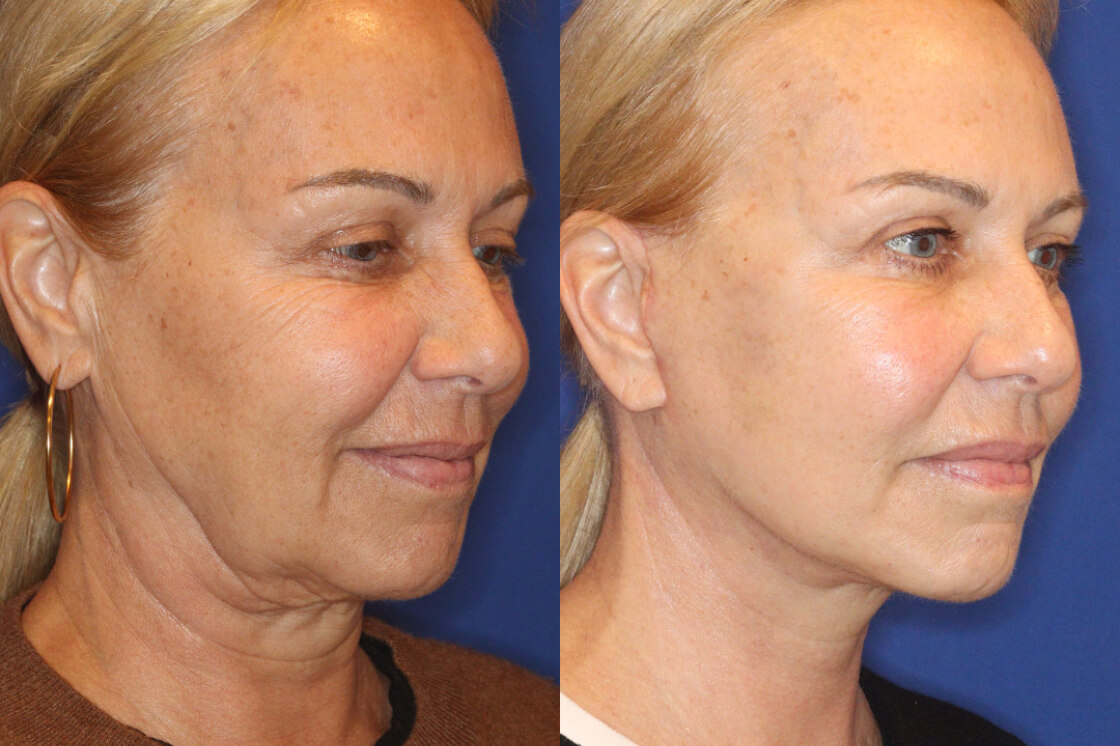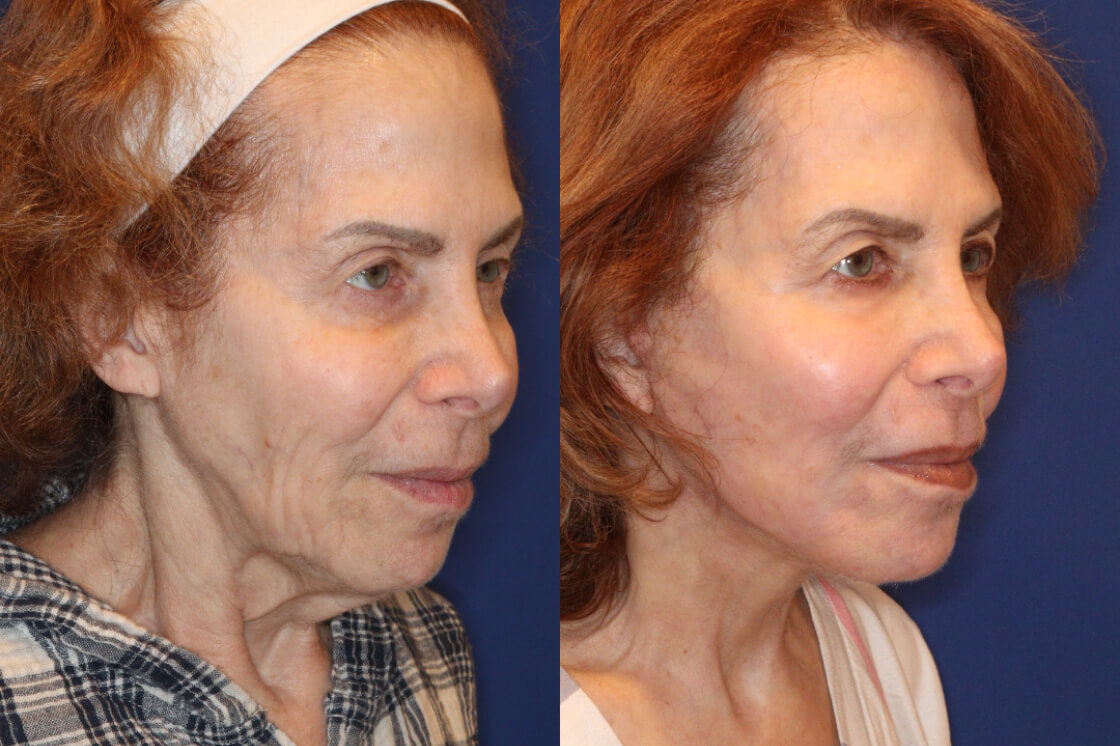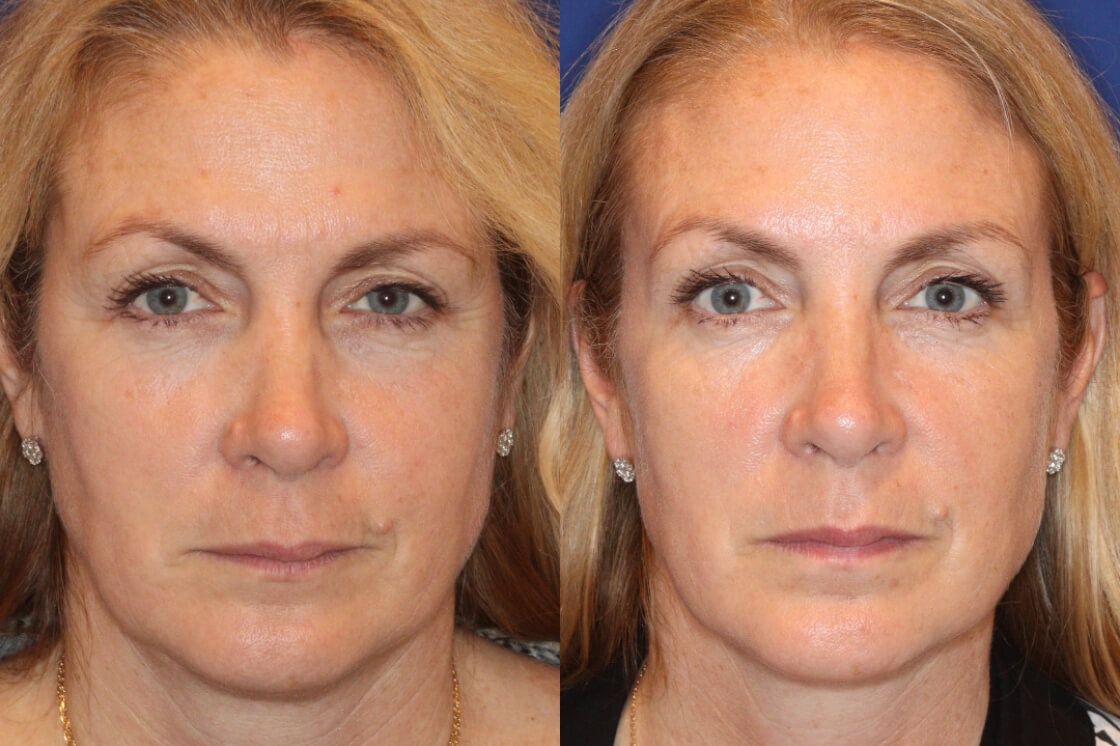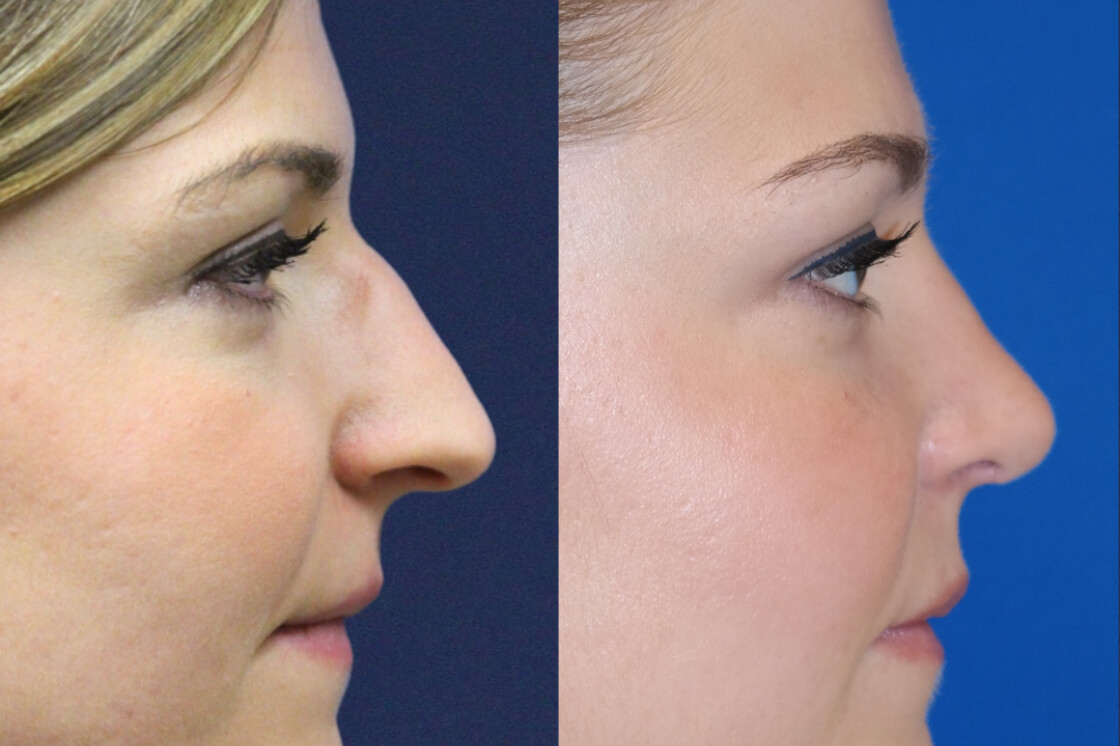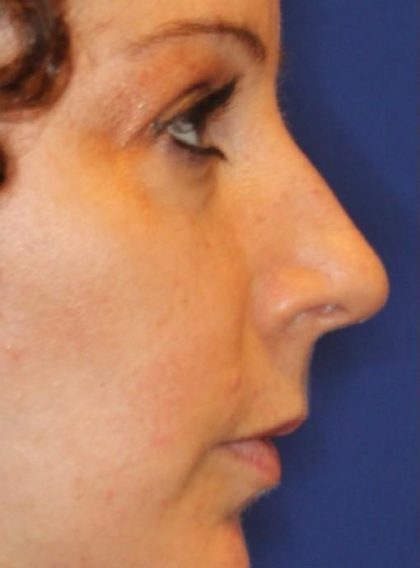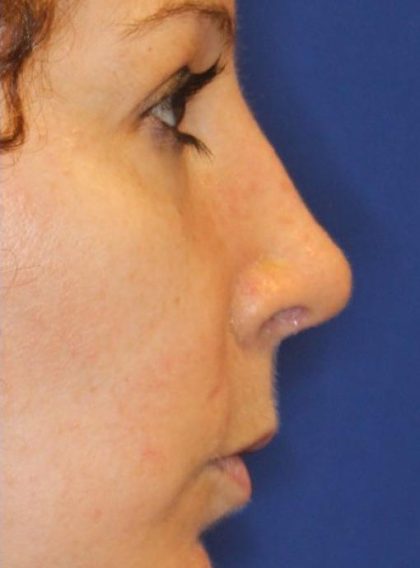Septoplasty Specialist
Conveniently located to serve the areas of New York, NY

The nasal septum is the medical term for the divider between the nostrils inside the nose. The term “Deviated Septum” means that this inside wall is not straight, which can cause problems breathing through the nose. The disruption of air flow can also lead to sinus problems. Some people may develop a deviated septum if they have injured or broken their nose; others may have a deviated septum without a history of trauma. Anatomically, if a person has a deviated septum, the airflow through the nose is not straight; this can lead to irritation and swelling over time. Often, particularly if someone has had a deviated septum for a long time, they may not realize the difficulties they actually have with their breathing, because they do not know any different. It is not until the septum is corrected that they realize how important and pleasurable it is to breathe through the nose.
Before and After Photos
The Procedure
Septoplasty is a short outpatient procedure, usually under general anesthesia. All of the surgery is done inside of the nose. There are no incisions outside, changes to the outside of the nose or bruising. Often septoplasty is combined with other procedures such as rhinoplasty or sinus surgery. Rhinoplasty or nasal reconstruction will change the appearance of the nose, and usually, the cartilage from the septum will be used for grafting. Septoplasty is almost always combined with turbinoplasty to insure the best possible airway. Dr. Levine may place some light packing overnight, but this is not always required. Silastic sheeting may be placed inside, particularly if the procedure is a revision.
Preparing for Surgery*
The diagnosis of a deviated septum can be made in the office by examining your nose. If there is a history of sinus infections, allergies, bleeding, facial pain or pressure or other symptoms, the nose may also be examined with a small telescope to check the sinus and nasal passages further. Dr. Levine will also take a detailed history of all medications used and may prescribe other medications to confirm that surgery is the best option. A CT Scan may also be obtained. For 2 weeks before the surgery to 2 weeks after the surgery*, aspirin, Advil, Motrin, Alleve should be avoided.
After The Procedure*
Nasal saline should be used inside the nose to gently clean the nasal passages. It is normal to feel stuffy and have a slight headache. Dr. Levine will see you a week after the surgery to clean the nose at the office. *Most people are able to return to work in 5-7 days. Full activity may take place at 10-14 days.
Contact Us